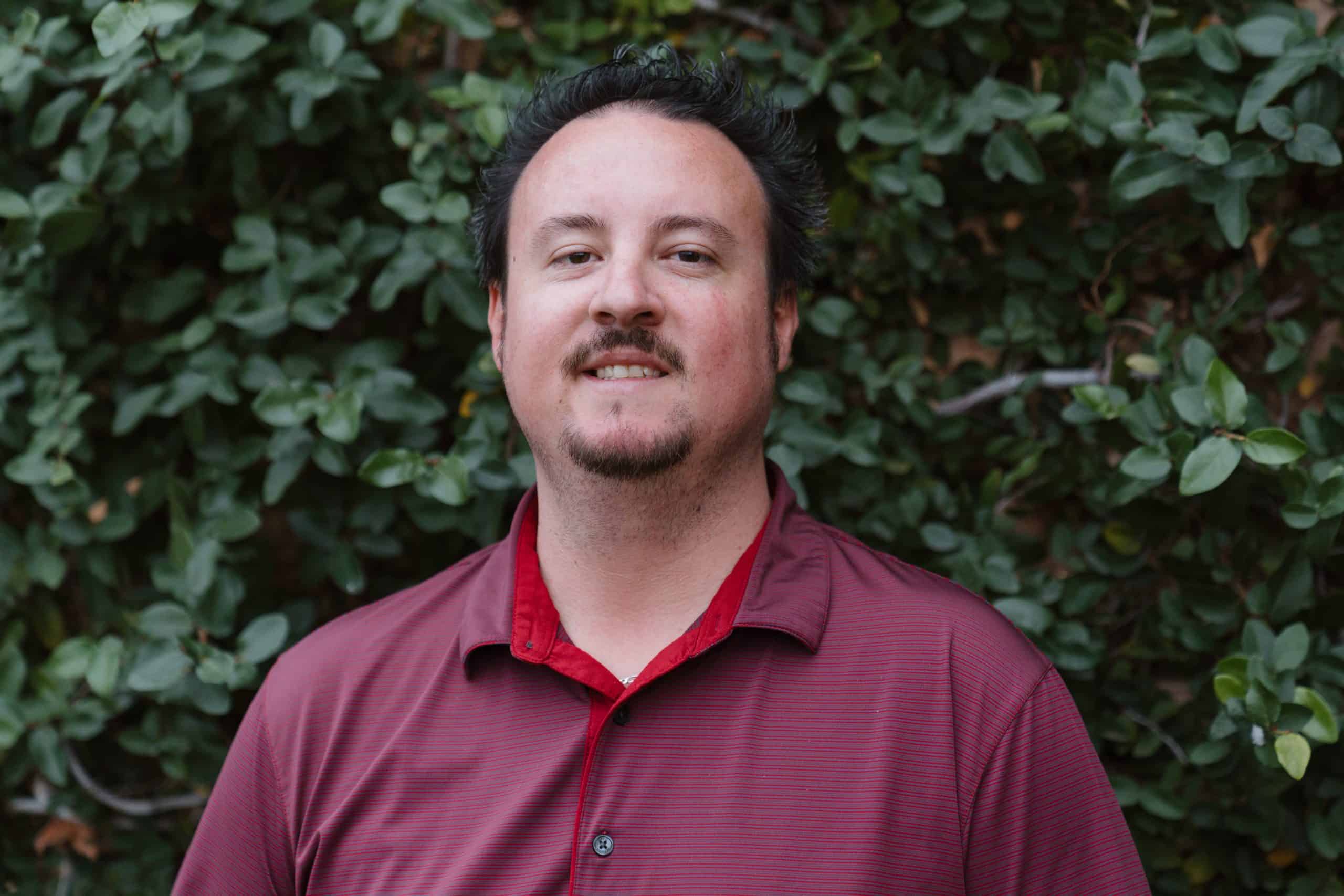Opioid Addiction Treatment in Arizona

Drug addiction is something that thousands of people in the United States struggle with every day. Over the last few decades, it has become one of the most serious issues our society faces.
Addiction not only affects the person using drugs, but it can also impact that individual’s family, friends, and career. Addiction is a progressive disease that ruins lives.
Some of the most abused drugs today are opioids. These are some of the most powerful substances available, and they are highly addictive. Although many people struggle with opioid addiction, there is hope for recovery.
Pinnacle Peak Recovery offers opioid recovery treatment and rehab for those looking for help with their addiction. Located in Arizona, Pinnacle Peak Recovery utilizes evidence-based and holistic treatments that are customized to fit each clients’ interests, goals, struggles, background, and strengths. Getting treatment can help you overcome your dependency and live a happier and healthier life.
Between 2022 and 2023 in Arizona, more than 1.2 million residents aged 12 and older admitted to illicit drug use at least once a month.
What Are Opioids?
Opioids are a class of drugs that act on the brain’s opioid receptors. They come in a variety of legal prescription drugs designed to relieve pain, including hydrocodone (Vicodin), oxycodone (OxyContin, Percocet), codeine, morphine, and fentanyl. These drugs also have street or slang names such as Vikes, Percs, and Oxy. Drugs such as morphine and heroin also fall into this class.
The terms opium, opiate, and opioid all have the same origin but differ in certain ways. Opium comes from the poppy plant and occurs naturally. Opiates are drugs that are made from natural opium. Morphine and heroin are examples of these drugs. Opioids are both the drugs made from opium and all of the drugs that are created in labs artificially that mimic the naturally-occurring chemicals in opiates. These include synthetic drugs like oxycodone, hydrocodone, and fentanyl.
Although these synthetic medications are often prescribed by doctors to relieve pain, addiction to these drugs has become a widespread epidemic. In order to block pain, opioids impact the brain and produce feelings of euphoria. Due to these effects, they are easy to become addicted to, and the number of people misusing and abusing them has been increasing.
How Do They Work?

Opioids work with the brain’s natural biology to block and relieve pain. Synthetic opioids are created to activate certain receptors in the body. These drugs are extremely useful to treat short-term and intense pain such as after an accident or surgery. However, the risk of dependence or addiction also exists due to the way these medications work in the body.
These drugs stimulate the release of dopamine, which activates the brain’s reward system. Regular behaviors such as eating or exercising can also activate this reward system and cause feelings of pleasure.
Opioids further stimulate this system, sometimes to abnormal levels. People tend to repeat behaviors that release dopamine because it makes them feel good, which means that these drugs and others like them can become addictive. This is also why certain drugs are more addictive than others. When someone uses them to relieve pain, they feel a state of calm or euphoria and their brain may tell them to continue using the medications. This can result in opioid dependence, which can lead to an addiction. Addiction often leads to abuse, which can cause serious issues, including possible overdose or even death.
Due to the potential for addiction or misuse, it is very important for anyone prescribed these drugs to take caution when using them. Only use prescription drugs under a doctor’s instructions in order to prevent possible addiction and abuse.
What Are The Warning Signs Of Opioid Addiction?
A person suffering from this type of addiction will typically show signs of drug abuse. Identifying these signs in yourself or a loved one can allow you to realize that a problem is developing. Knowing the signs of addiction can allow you to intervene before it gets even more severe.
An individual struggling with opioid addiction may seem depressed or isolated from others. They will often lose interest in activities they used to enjoy, and they will withdraw from family and friends. Other signs of addiction include poor performance at work or school, as well as depression and anxiety. Other symptoms of this type of addiction include:
- Poor coordination
- Slurred speech
- Poor decision making
- Mood swings
- Poor performance at school or work
- Irritability
Anyone that abuses these powerful drugs can also be at risk of having an overdose. An overdose requires immediate medical attention due to the high risk of overdose-related death. Signs of a drug overdose include no pulse or slow pulse, slow breathing, unconsciousness, or vomiting. In the event of an overdose, a person can sometimes be revived using Narcan, which is a prescription nasal spray. Getting emergency help in this situation is important so that life-saving measures can be taken in time.
Abuse of these drugs often leads to dependence. This means that the body has become so reliant on the medication that it cannot properly function without it. Eventually, many people with this type of dependence need larger or more frequent doses of the drug to get the same effects. This leads to even heavier use and more dangerous side effects. Unfortunately, some people eventually resort to using heroin which can be less expensive or easier to obtain than other opioids. The dangers of heroin can be even more severe than prescription pills. Users may suffer from HIV or AIDS, skin infections, diseases like pneumonia, or even death from overdose.
If you or a loved one are experiencing any of these signs or symptoms, it is very important to seek professional help immediately. This addiction can be overcome with the right treatment program and the desire to get better. The sooner someone struggling can get help, the better their chances are of recovering before the unthinkable happens.
What Are The Symptoms Of Opioid Withdrawal?
After a person has developed a dependency on opioids, they can experience symptoms of withdrawal once they stop using them. Some of the symptoms they may experience include chills, nausea, vomiting, seizures, convulsions, and blackouts. These symptoms can be so severe that an individual may go back to using drugs and begin the cycle of addiction over again.
Once withdrawal symptoms start, they can last from one week up to a month. Withdrawal can begin about 12 hours after a person has stopped taking the drug. This is known as acute withdrawal. At around four days, withdrawal symptoms hit their peak and last another one to four weeks. The second phase of withdrawal can last as long as two years and is called post-acute withdrawal. An individual can continue to experience symptoms like anxiety, depression, mood swings, and low energy.
While the symptoms of post-acute withdrawal are less severe, they last longer than those caused by acute withdrawal. The symptoms in the first phase are mainly physical, but the second phase symptoms are typically emotional.


How Does Rehab Help With Opioid Addiction?
Opioid recovery treatment can be achieved through a variety of different methods. Evidence-based therapies are effective and often implemented at rehab centers. Medicines such as Methadone and buprenorphine can reduce the symptoms of addiction and help a person lose the desire to use these drugs. There are additional medicines that can reduce the effects of the drug, which can help with quitting.
Medication alone is not typically enough to overcome an addiction. There are several types of treatment options that can help someone struggling with addiction.
Street Names for Opioids
For those suffering from opioid abuse and addiction, there is help. Located in Scottsdale, Arizona, Pinnacle Peak Recovery is a center for drug treatment and rehab that specializes in addiction treatment. Nationally recognized for our evidence-based treatment options, we provide a holistic approach to treatment that can help you overcome an alcohol or drug addiction and any co-occurring mental health issues.
Our rehab facility features luxurious facilities that offer a supportive and safe environment for clients. At Pinnacle Peak Recovery, we are dedicated to helping each client fight their addiction. Our compassionate staff helps each person develop the tools they will need to live a healthier and happier life once they leave the rehab program.
Our available rehab treatments include outpatient programs, relapse prevention, alumni services, and much more. If you or someone you know is struggling, there are professional counselors available to help. Each client has a treatment program designed specifically for them and their needs. With just a phone call, you can be on your way to a full recovery from drug addiction.



What Our Valued Patients Say

Find Long-Term Recovery From Substance Use Right Here in Arizona Through Pinnacle Peak
Substance use disorders can make the future feel uncertain, but it doesn't have to stay that way forever. No matter how daunting it may feel, healing is always an option. Our team has years of experience with substance use disorders and will work with you to make sure you find the long-term success you deserve.
Whether this is your first time or your 12th time seeking healing, our team will meet you where you are with compassion and evidence-based practices. Through our Proven Process we'll show you the way to healing. Give us a call now to get started.
Clinical Excellence | Compassionate Care | Family Feel
